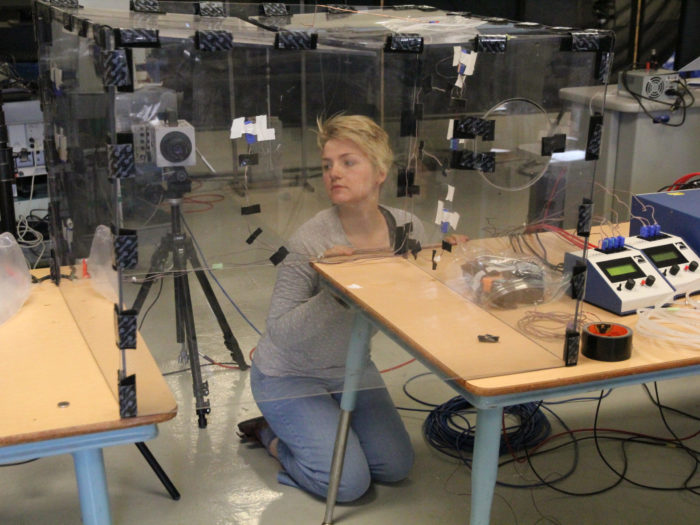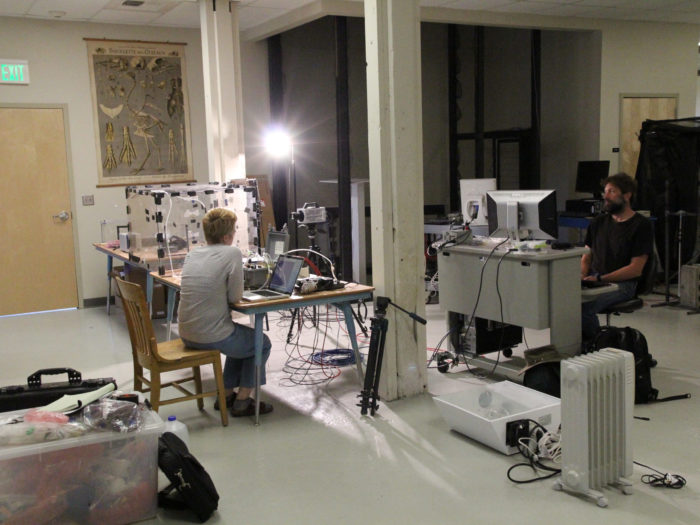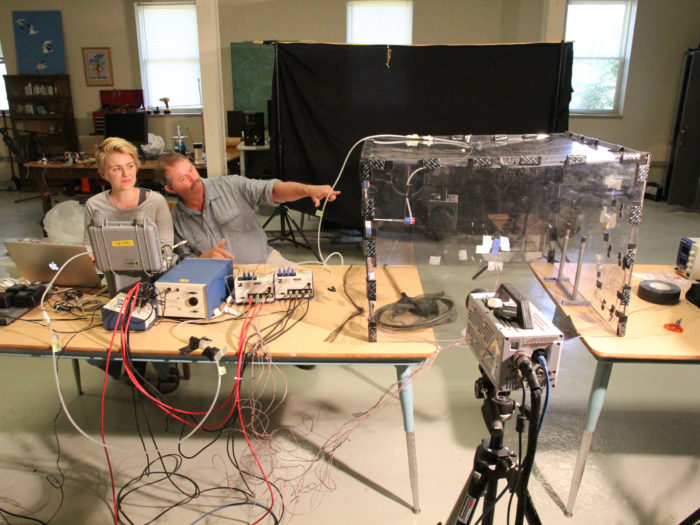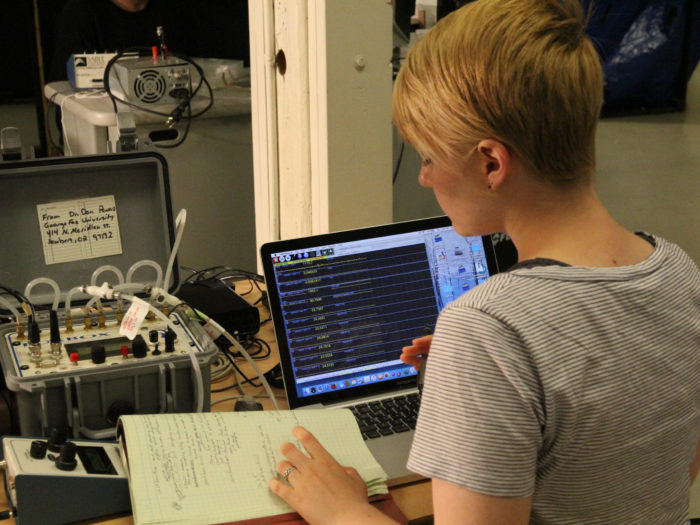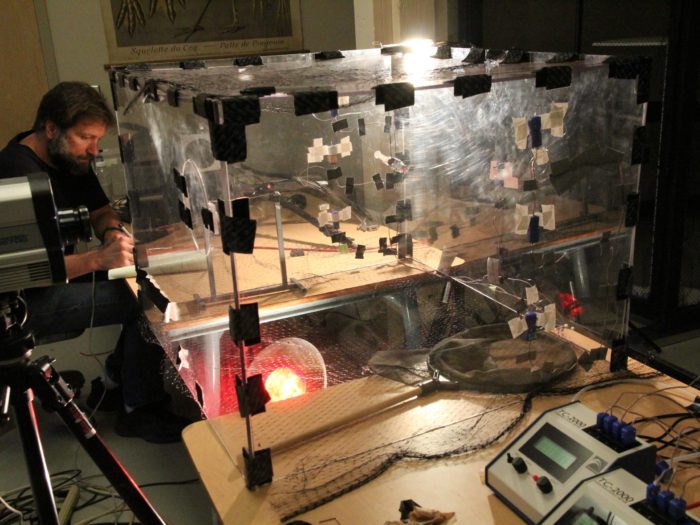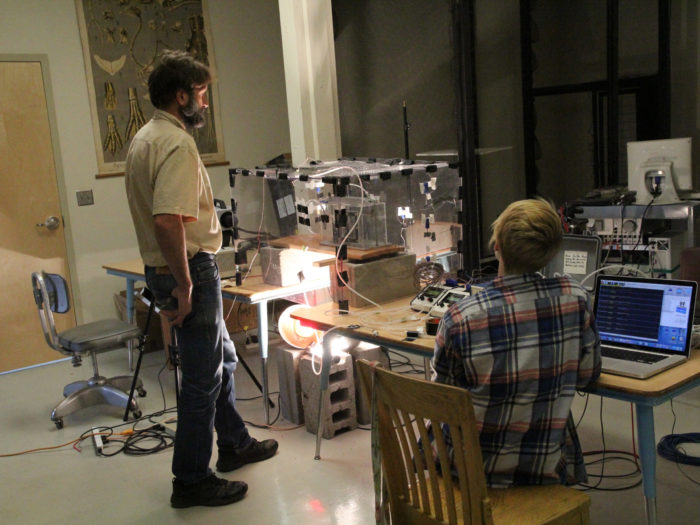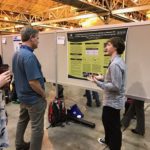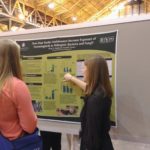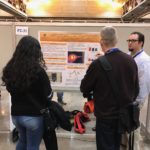Just returned from Dr. Bret Tobalske’s lab at the University of Montana. This was our first trip into the field this year. Along with research student Emma Bloomquist we collected infrared thermography, hovering metabolic rate, evaporative water loss, and particle image velocimetry data at both high and low temperature. We will use these data to determine 1) if hummingbirds can compensate for the loss of passive heat dissipation with evaporative heat dissipation at high temperatures during hovering, and 2) if hummingbirds can balance their heat budgets at high temperature during hovering. We also collected data for a side project….study to see if hummingbirds can dissipate heat via their bill. Now, on to analysis!
 Nature
Nature- The Nature Podcast highlights of 2025 December 24, 2025
- Seeding opportunities for Black atmospheric scientists December 23, 2025
- Author Correction: Rolling back human pluripotent stem cells to an eight-cell embryo-like stage December 23, 2025
 Science
Science- <cite>Science</cite> editors pick 2025’s stories that stood out December 26, 2025
- Five things to know about NSF’s new rules on merit review December 24, 2025
- Replicas of the uterine lining reveal drugs that may boost pregnancy success December 23, 2025
 AJP – Regulatory, Integrative and Comparative Physiology
AJP – Regulatory, Integrative and Comparative PhysiologyPowers Lab Links

